What is a weed? The popular definition is “a plant in the wrong place”, which makes almost everything eligible, from a Hawthorn tree growing in the Liffey, to an oak in the middle of Croke park. Power is drawn to weeds for their intrinsic physical traits but also as a means of engaging with more intangible issues. Weeds can be interpreted as visual metaphors for the unwanted and uprooted, often symbolising loss and neglect. Contradictory to that, they can also be a glorious example of resilience, strength and survival amongst the most challenging of conditions.
By examining weeds, soil and oral stories from the inner city, particularly Dublin 7 and 8, Power creates a space for enquiry and reflection. Living specimens situated alongside detailed botanic etchings and prints, uprooted and floating in space, reveal the intricate infrastructure which hides beneath the surface of the Irish soil.
Influenced by the Irish folk story “Airmid’s Cloak”, Power continues the pursuit to collect and explore the often trodden and unloved plants, depicting them as precious beings amongst the urban landscape, worthy of our attention.
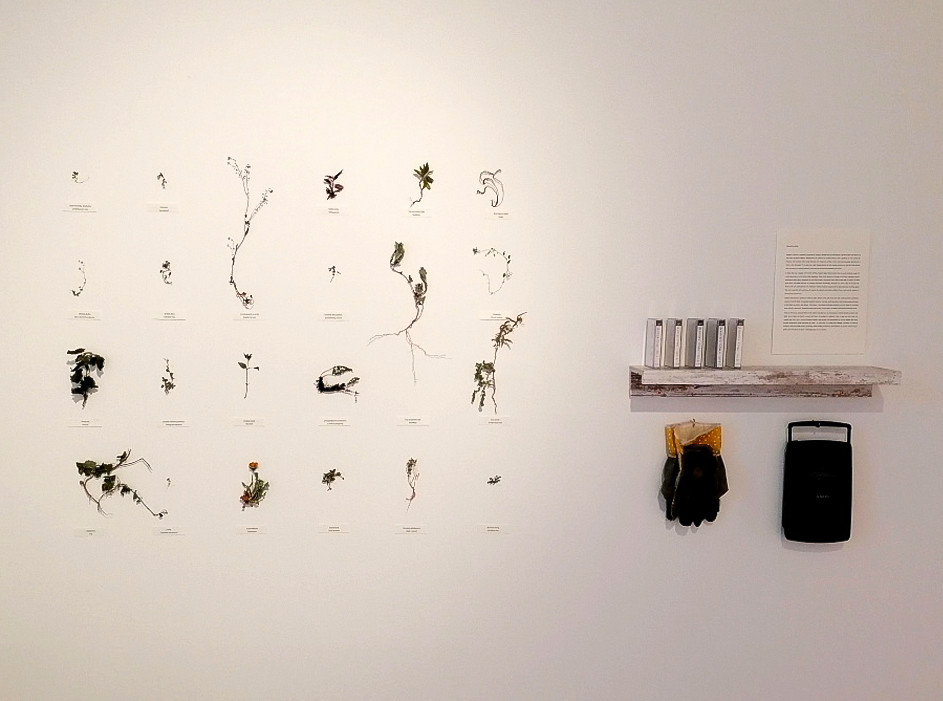
'The Folklorist's Herbarium'
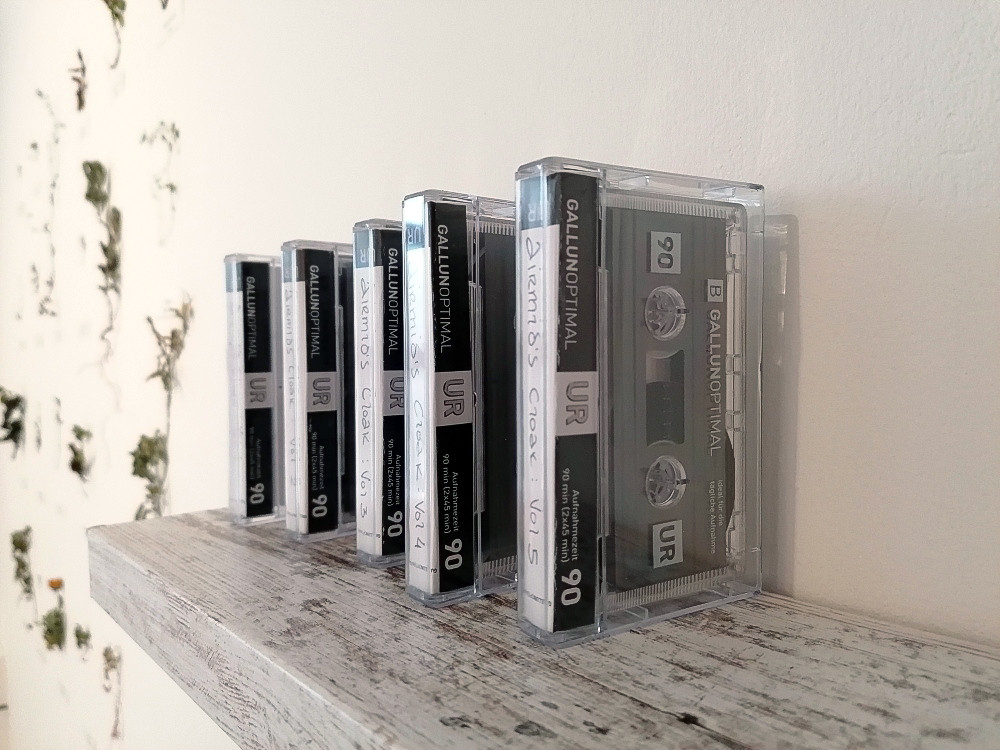
'The Folklorist's Herbarium ii'
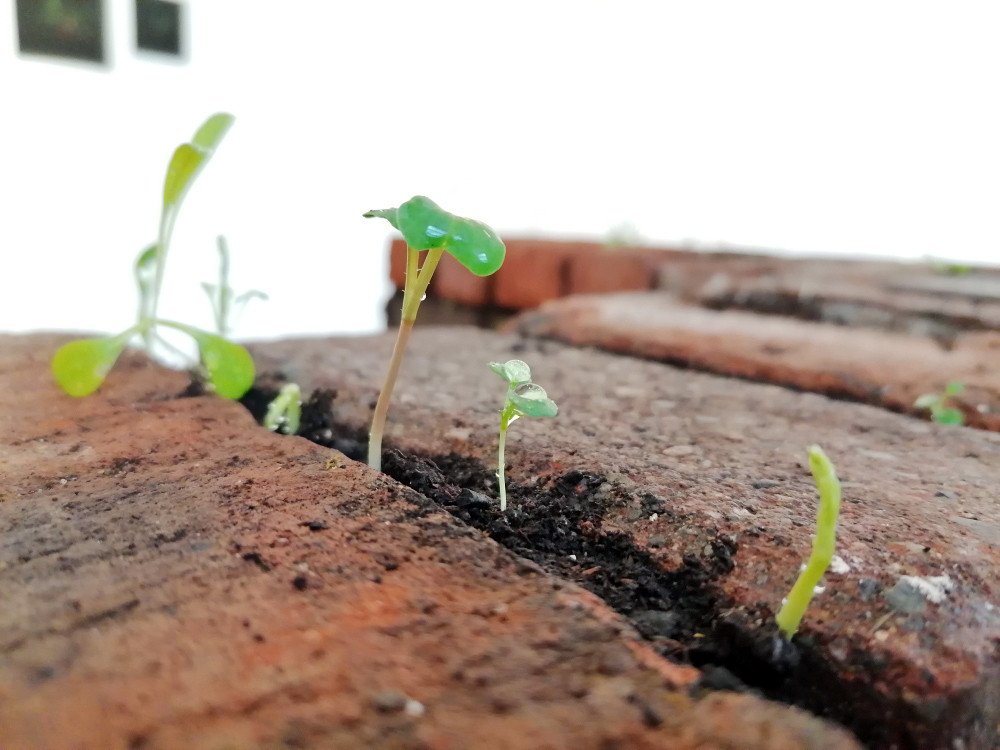
'If The Walls Could Talk'
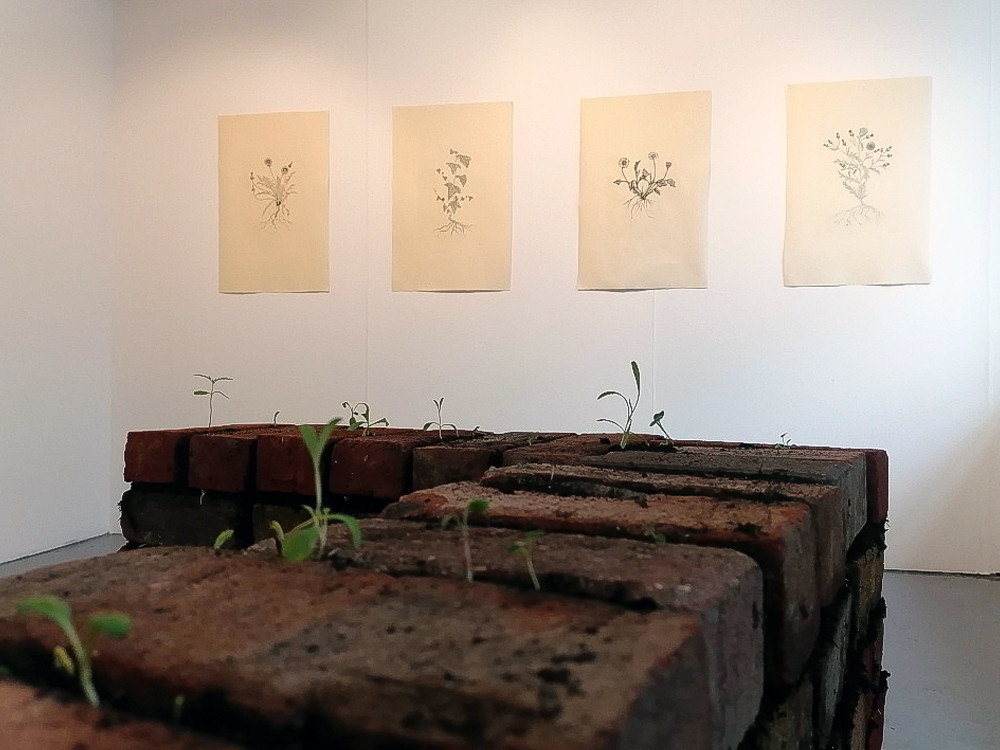
'If The Walls Could Talk ii'
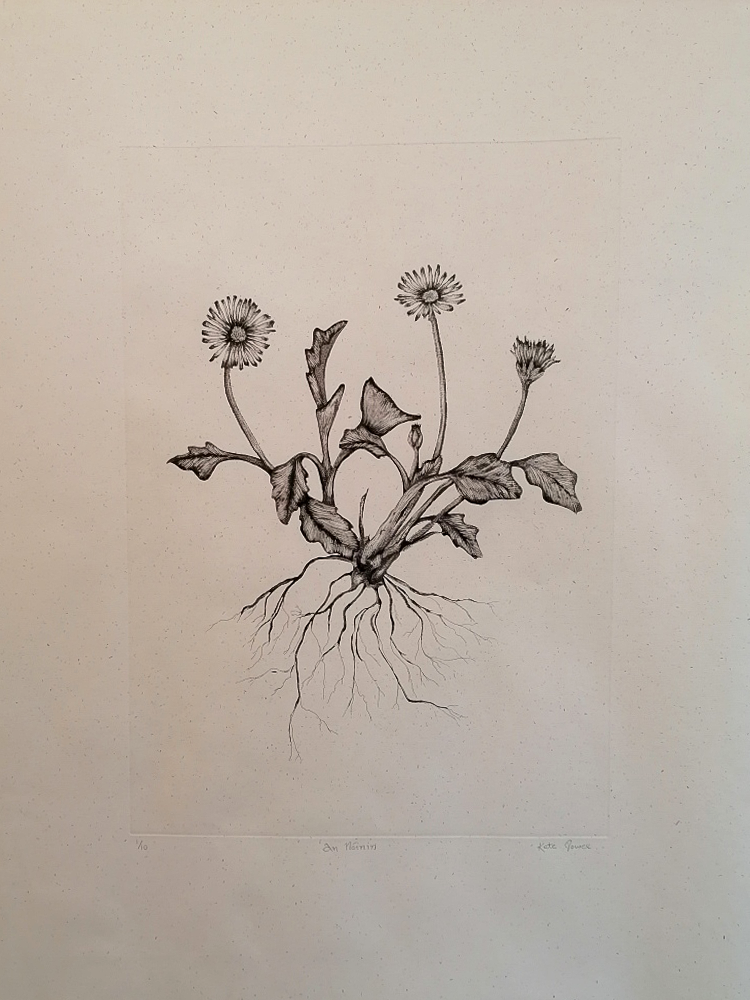
'An Nóinín'; Etching and aquatint

'An Sceach Gheal'; Etching and aquatint
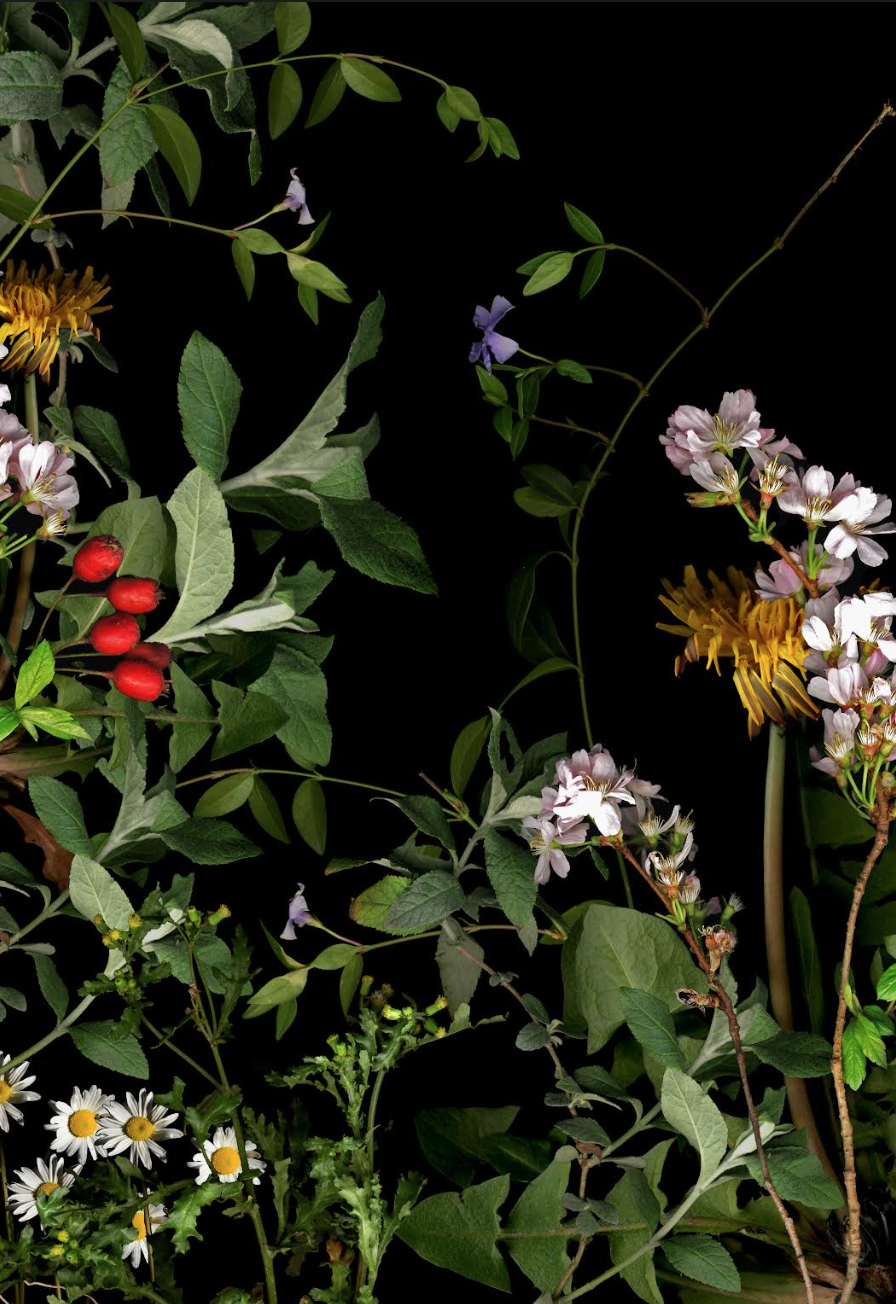
'Dublin City Bloom; Digital collage giclée print
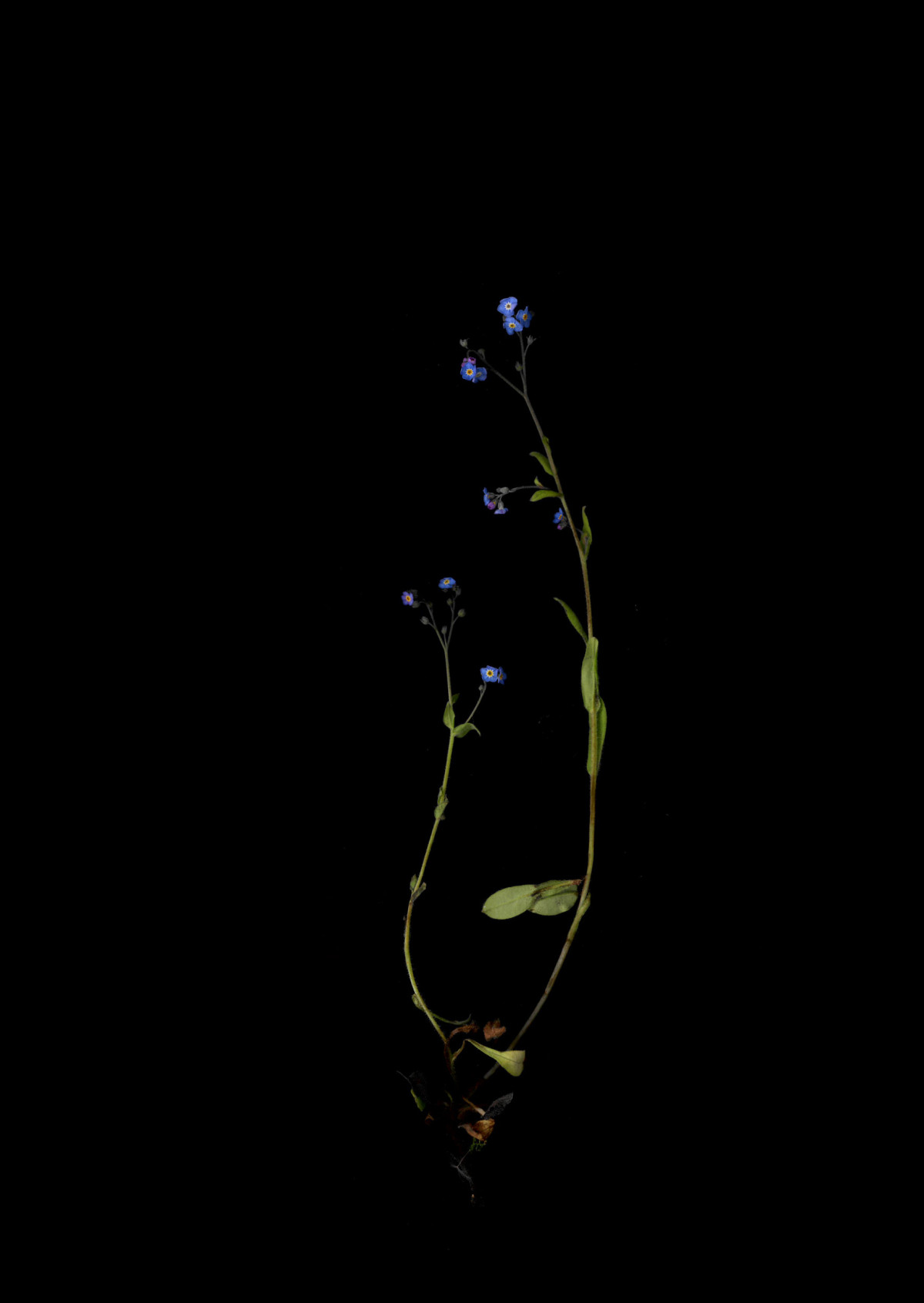
'Forget me Not'; Digital collage giclée print
Research
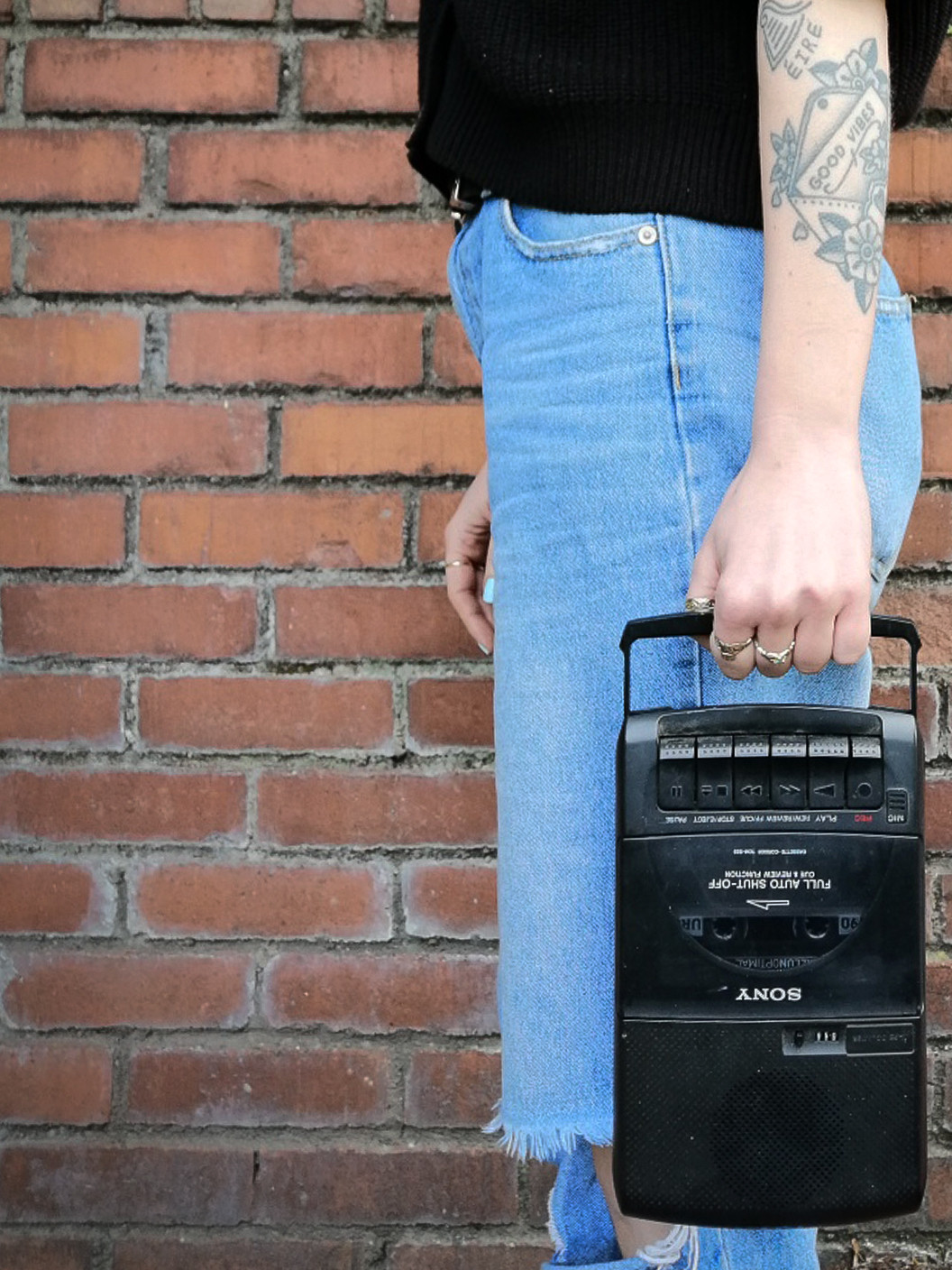
'Field work'
Teaching Placements
St. Michael's College, Ailesbury Road, Dublin 4
Rockford Manor Secondary School, Monkstown, Co. Dublin
Drimnagh Castle Secondary School, Walkinstown, Dublin 12
Stewarts Care, Palmerston, Dublin 20